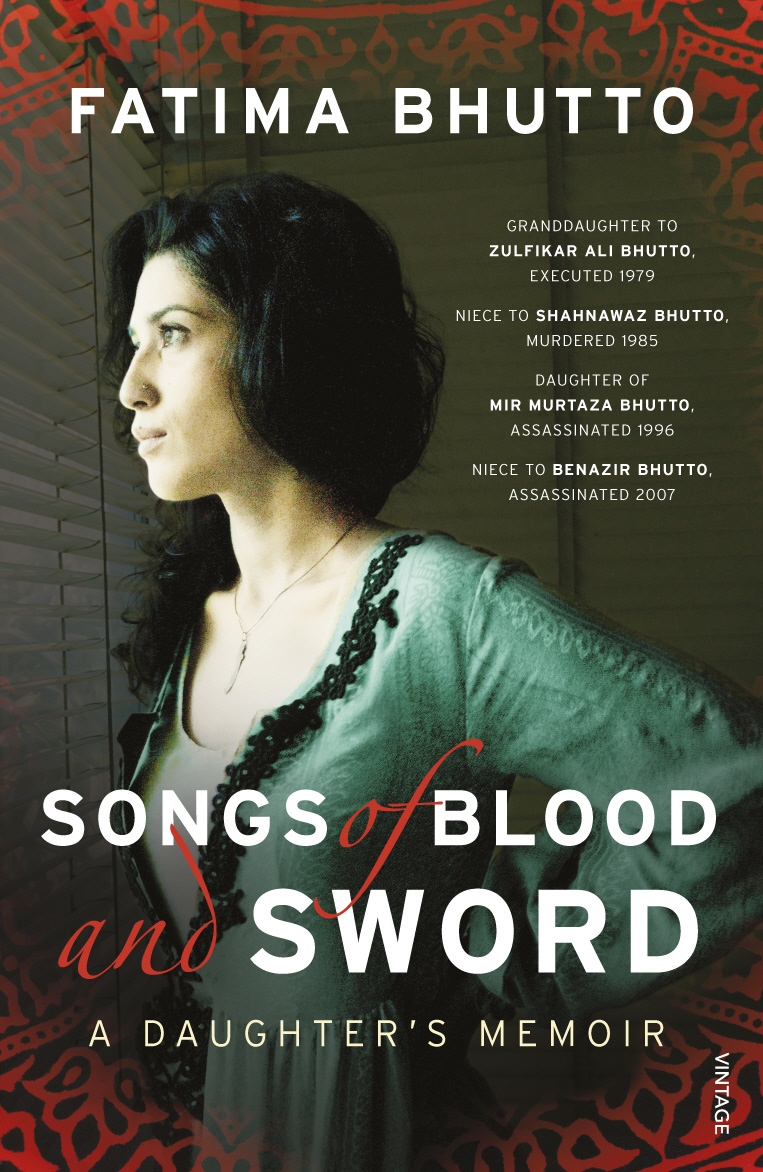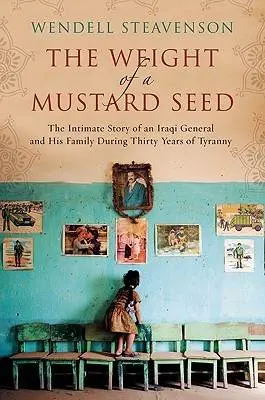Pradeep Kanthan 4 August 2011
The Last Mughal Emperor
I read this book and missed meeting the author when he visited Auckland. I didn’t know of him till I read this book. The book is a well-researched which I gather from the fact that he has had access to the National Archives and is a well-known historian. We all know that in 1857 there was a mutiny which is also called a War of Indian Independence. In classical terms it was a mutiny. This was not the first time that the British faced a mutiny in India. There was one in Vellore after the fall of Tipu Sultan. It is not unusual for Indians to mutiny. I heard of one by the Indians against the Japanese in Singapore and then after independence there were more. Only the treatment of mutineers had changed over time.
The events of the 1857 mutiny backfired against any kind of freedom from the British, but what it did was land the situation into their arms rather unexpectedly. The British till then only had a mandate to trade in the Mughal Empire, even though it was a weak one and the former had practical control of a large area. The coinage and sovereignty of the Mughals was respected, there was a dominant culture that followed Mughal customs, and Persian and Urdu were the languages of the court and business . At the time of these incidents or prior to it, the British were conniving with Zafar’s ( Bahadur Shah Zafar, the last Mughal Emperor) palace dissidents, the begums, uncles and princes, to sign a treaty by which the Mughals would cede the sovereignty over to the British. Had the mutiny not been there, perhaps the Mughal Empire would have still continued in its own dwindling way sharing power with the British through many white Mughal families that existed at that time. The fate of these families was sealed by societal norms that came with the accession of Queen Victoria as the Empress of India.
The Emperor
Bahadur Shah had no plans to antagonise the British or the Hindus. The Mughals had long learnt that the Hindus, at least the ones in Delhi, were their brothers and sufi Islam was practiced.
The question worth pondering is about the fate of India had the mutiny not taken place. Urdu would have been the national language; power would have been shared between the British and Mughals. It was on the agenda to get a treaty signed to accede sovereignty to the British, which would have happened anyway after Zafars’s demise.
The Mutiny
The mutiny separated those who were loyal to the British from those who were not. One can list them from the book, but will we be ready to acknowledge those who resisted the British as true freedom fighters? The book also gives insight into the power held by the Hindu business community in financing and raising fighting forces for the side that was favourable. There was definitely no sense of nationalism and each one had their own interest in mind. Some who stood ground against the British and sided with Zafar were executed by cannon. Those who didn’t side with Zafar became part of history after the mutiny. Zafar was tried and later exiled to Rangoon just like the Burmese king was interned at Ratnagiri in Maharashtra.
China learns from India
The model the Mughals followed with foreign traders was flawed right from the beginning. Though this was not part of the book, it is worthy of mention that it did pave the way of thinking in China before this period. The Mughal Empire administered by a devolution of power to governors. The foreign traders made separate treaties with them ignoring central authority. Conversely China developed a strong middle kingdom, which became the only source of power. Foreign traders had to kow tow to this and there was no mandate that could deal on behalf of the Emperor. In a book called The Sextants of Beijing: Global Currents in Chinese History by Joanna Waley-Cohen, a reference is made to the Chinese not wanting to go the Indian way. It was through travelers they must have learnt of the happenings in India in the 1700s. (The concept of a strong central authority is however holding the country now perhaps with some amazement to the Chinese who endorse independent movements).
The Book
Back to Darylmple’s book, the sketches of life in Delhi of the times is interesting. The description of the havelis and the alignment of the poets all make the book interesting. The siege of Delhi by the Gujjars, who systematically killed and robbed from all alike made a ring of hell around Delhi. Even to this day these sieges by many others are not uncommon, except now they are for demanding better or lower status from the government to their advantage.
The book confirms origins of some Armoured Corps units such as the Hudson’s and Skinner’s Horse. Hudson played a major role in the last clean up of the princes. It is a story of betrayal. Those who helped quell the mutiny became a highly regarded class among the ‘martial races’.
The white Mughals faded away over time, one can still see places that marked that era and culture. One such place is the Sardana Church in Meerut. The period of the mutiny was a hard and testing time for them as they lived with a constant distrust by the British, and no full acceptance from any quarters. They did however have a position of influence.
Had there been no mutiny, the shape of things may have made India a combination of Mughal – British/European power structure, with sufi Islam being the preferred brand of the Mughals in Delhi. For the Mughal’s anything was better than sharing power with the Marathas, which is why they were aligned with the British. I wonder if it would have included the Hindu majority in the power sharing. However, the mutineers and sympathizers were a balanced lot of Hindus and Muslim. Interestingly, the British trained soldiers were called tilangas. A name any European trained Indian soldier carried from the time the East India Company recruited soldiers from the Telengana region of Andhra Pradesh.
Hindu led nationalism came after the mutiny, mainly out of the areas under direct rule of the British such as the presidencies. It was after the fall of Tippu Sultan when Warren Hastings moved to consolidate the gains of the Company. The institutions of central control and the development of capital cities gave impetus to this nationalism. While the British like the Chinese did not want to make the same mistakes as the Mughals, their centralised control structures helped the growth of nationalism.
The book also highlights the fact that most of the muslims that helped quell the mutiny were from the west of Delhi, adherents of the emerging Deoband, which was ‘depressingly narrow minded Wahhabi-like madrassa’ that saw the Moghul ways as rotten and degenerate. It was from this school that the Taliban was born hundreds of years later.
It is probably a lament or refrain of Pakistan that they are the real India, and that India was carved out of it. I have met foreign travellers to Pakistan, who have asked me why Urdu is not the official language in India. The few Pakistani academics whom I met confirmed that their history omits the Hindu period. The Indus Valley civilization or its ruins is also centered there and it could lead to many interpretations.
I see the genesis of the modern state of India from the 1857 mutiny and for vicarious reasons of the British, also the creation of Pakistan. It really was never a religious divide, rather a make believe.
More than it being a mutiny, or a trigger for events in history, it was the death of a culture and Mughal liberal arts. A story of retribution as each side went on a rampage on rumours. The sad part of it all is that Zafar had no intention or role in the events. He had no influence over anything that happened. It shook the British, making the mutiny a scar in their memories that influenced future control over the armed forces and the country. It also glorified the British Empire and one can still see paintings of the period showing the red coated British soldier standing with his sword drawn towering over the natives, standing on the rubbles of the Red Fort.
The myth helped.
Also I learn that it was not Zafar who wrote ” lagta nahin hai ji mera ….“, only it was attributed to him.










Have read 2 more of his books….all 3 are superbly researched . Francois G also is another such writer who makes us realise that we lack a sense of history.
Will check them out too.
Interesting commentary, haven’t read the book but may consider reading it. Catch up later.
Thanks Sarabjeet .. will do. Best wishes
Sir , i recommend you also read the CITY OF DJINNS. William is on facebook too. Infact i chatted with him on facebook after reading the last mughal in 2007 ! Warm regards to mrs kanthan. Sarabjeet